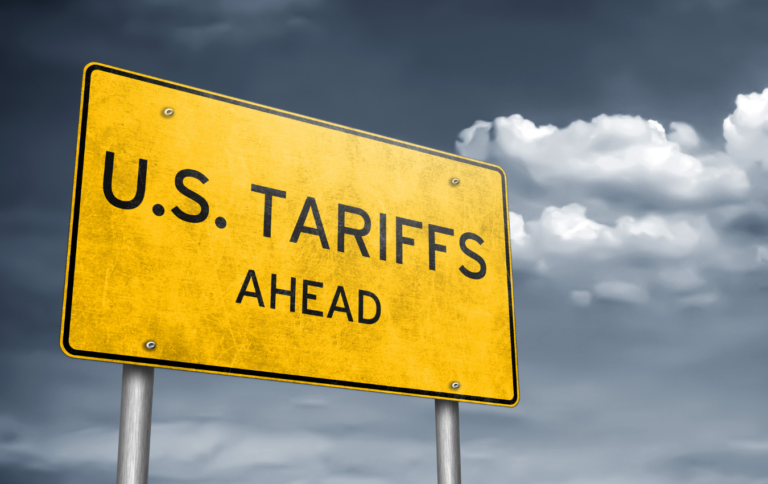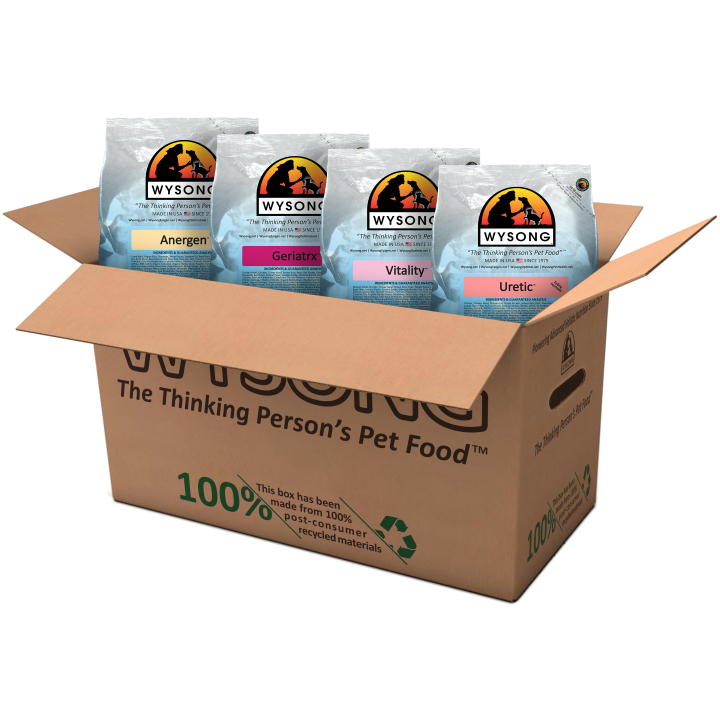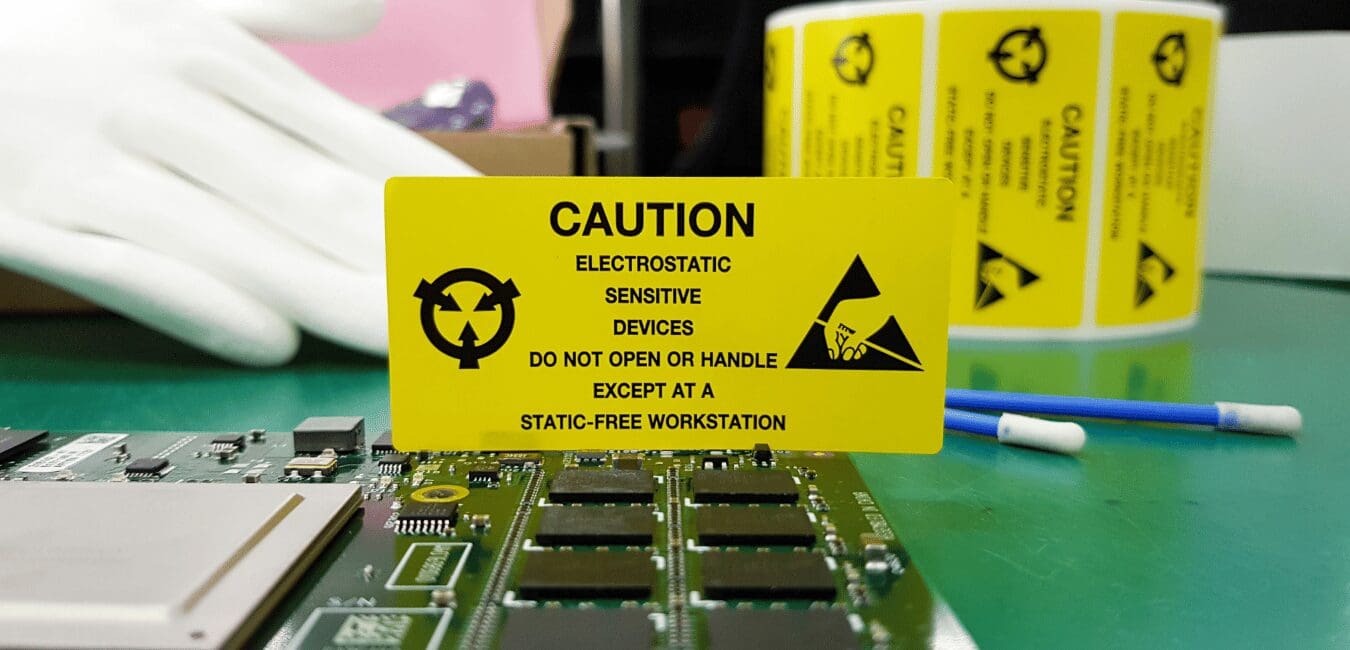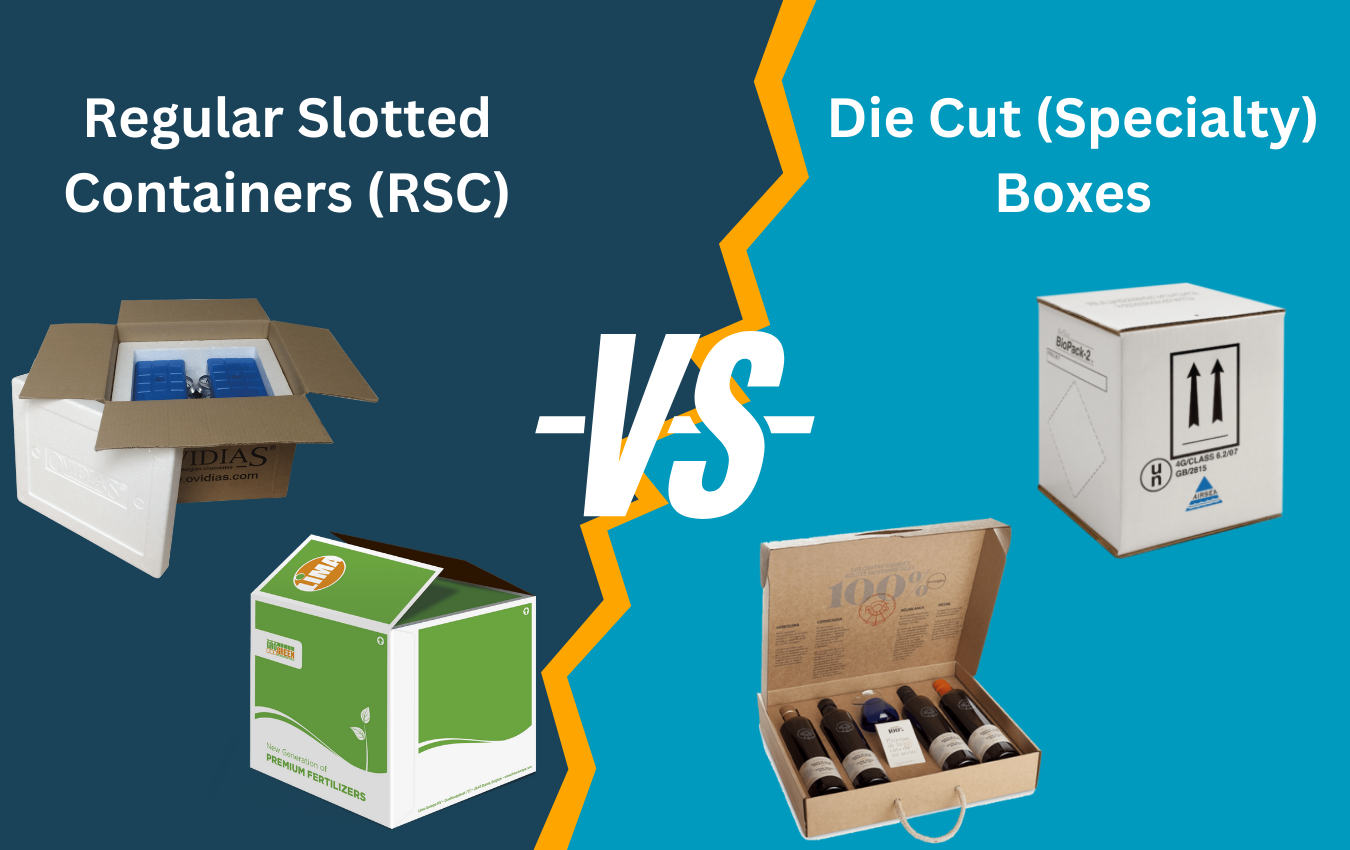Home » How to Transition from an International to a Domestic U.S. Packaging Supplier
How to Transition from an International to a Domestic U.S. Packaging Supplier

With ongoing tariffs, supply chain disruptions, and rising overseas costs, many businesses are shifting from international packaging suppliers to domestic U.S. manufacturers. However, transitioning suppliers is not just about finding an alternative—it requires careful logistics planning, quality verification, and cost assessment to avoid operational disruptions.
Key Steps to Transitioning to a U.S. Packaging Supplier
Identify Pain Points in Your Current Supplier Relationship
Before making a switch, pinpoint the challenges you’re facing with your international supplier. Some common pain points include:
- Inconsistent lead times and shipping delays
- Fluctuating costs due to tariffs and import fees
- Quality control concerns or defects
- Limited ability to scale or customize packaging
Understanding these issues will help you prioritize what matters most when choosing a U.S. supplier.

Define Your Packaging Requirements and Budget
Transitioning requires a clear understanding of your needs to find a supplier that aligns with your business model. Consider:
- Packaging type & material: Corrugated boxes, folding cartons, flexible packaging, etc.
- Customization needs: Branding, printing, coatings, die cuts, and specialty features.
- Volume requirements: Minimum order quantities (MOQs) and scalability.
- Regulatory compliance: FDA, ISO, FSC, or industry-specific requirements.
- Budget & cost expectations: Factor in domestic pricing, but also compare the savings from reduced tariffs, import fees, and faster shipping.

Research and Shortlist U.S. Packaging Suppliers
Use trusted industry resources to find reliable U.S. suppliers that match your needs:
- Thomasnet.com – A directory of U.S. manufacturers.
- Packaging trade shows – Events like Pack Expo allow you to meet suppliers in person.
- Industry associations – Groups such as the Paperboard Packaging Council (PPC) provide vetted supplier contacts.
- Customer reviews & referrals – Ask other businesses in your industry for supplier recommendations.

Verify Quality and Production Capabilities
Once you’ve shortlisted potential suppliers, request samples and assess:
- Material strength and durability
- Print quality and branding capabilities
- Compliance with industry standards
- Lead times for production and delivery
Consider visiting the supplier’s facility or conducting a virtual audit to ensure their production meets your expectations.

Plan for a Gradual Transition
Switching suppliers overnight can cause disruptions. Instead, transition gradually:
- Start with a trial order to test production quality and logistics.
- Phase in packaging production while maintaining a safety stock from your existing supplier.
- Work closely with your new supplier to adjust specifications and streamline the transition.
Update Logistics and Inventory Management
Domestic sourcing means adjusting your supply chain to reflect shorter lead times and different production schedules. Work with your logistics team to:
- Revise warehouse stocking strategies to accommodate new delivery schedules.
- Update procurement and inventory systems to reflect new supplier terms.
- Coordinate with fulfillment teams to ensure packaging integration with existing operations.

Establish a Long-Term Supplier Relationship
A successful transition is not just about switching suppliers—it’s about forming a reliable long-term partnership. Communicate regularly on:
- Production forecasts and demand planning
- Opportunities for cost savings and efficiency improvements
- New packaging innovations and custom solutions

Final Thoughts: Making the Switch Smoothly
Transitioning to a domestic U.S. packaging supplier requires strategic planning, but the benefits—including faster lead times, cost predictability, and improved quality control—make it a worthwhile move. By following these steps, businesses can ensure a seamless transition while securing a stronger, more cost-effective packaging supply chain.
Looking to transition to a trusted U.S. packaging supplier? Contact Brown Packaging today to explore custom solutions tailored to your business needs.
Sustainability in pet product packaging involves balancing environmental impact with functional performance. Materials must protect against moisture, oxygen, and pests while also meeting recyclability or compostability goals. Choosing the right
Retail packaging must do two jobs at once—catch the shopper’s eye while protecting the product through the supply chain. Too much focus on graphics can weaken structure, while over-engineering for
As budgets tighten in 2026, packaging buyers are under pressure to reduce costs without increasing damage rates. Cutting too aggressively can lead to product loss, higher return rates, and frustrated
Many U.S. businesses currently sourcing packaging from China are facing a harsh reality: tariffs and trade volatility can quickly erode margins and disrupt supply chains. By shifting toward U.S.-based packaging
Home » How to Transition from an International to a Domestic U.S. Packaging Supplier





